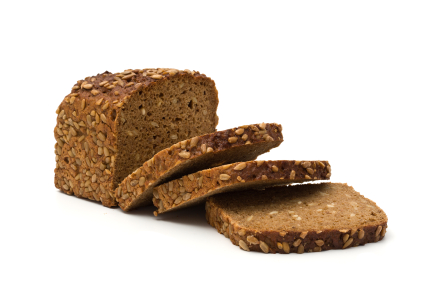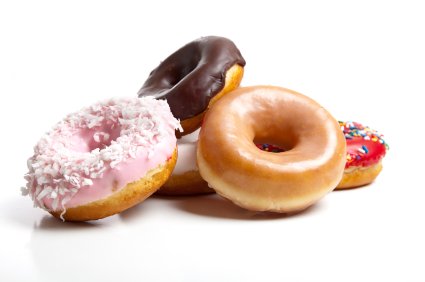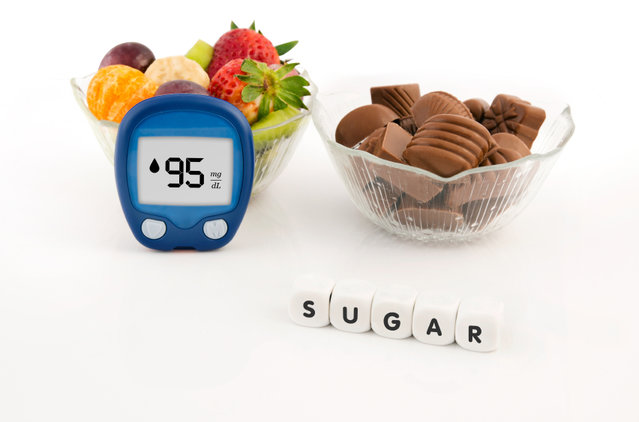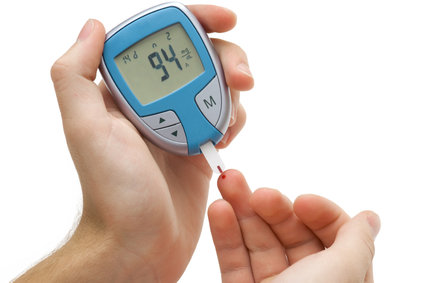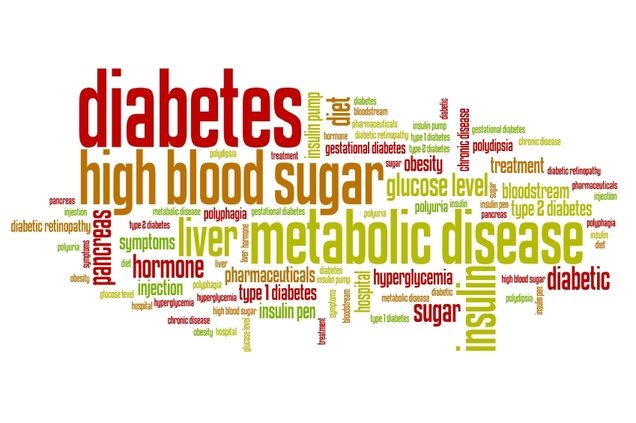The Essentials of Testing Blood Sugar to Achieve Glycemic Control
Essentials of Testing Blood Sugar – How to test for diabetes and assess blood sugar control
So how do you know, if you have a blood sugar problem and are diabetic, prediabetic, or just not controlling blood sugar adequately?
Essentials of Blood Sugar Testing – Why care about testing blood sugar?
Keeping blood sugar within normal range is essential for your long term health.
Not maintaining healthy blood sugar levels can leave you susceptible to conditions of high blood sugar like metabolic syndrome, prediabetes and full-fledged diabetes. All three can put you at increased risk for heart attack, stroke, Alzheimer’s, blindness and poor nervous system function.
| Blood Sugar Levels - In the US, blood sugar is measured in mg/dl or milligrams per deciliter; while in the rest of the world, the measure is mmol/L or millimoles per liter. To convert mg/dl into mmol/L, divide mg/dl by 18.05. |
On the other end of the spectrum, excessively low blood sugar or hypoglycemia can leave you susceptible to food cravings, feelings of light headedness, sweating, tremors and anxiety.
Testing blood sugar is a key part of making sure you are on a healthy path.
| Testing Blood Sugar for all Three Phases of Insulin Release – The Beta Cells Release Insulin in three different situations or phases – a problem with any phase can spell problems with blood sugar control
Testing Blood sugar comprehensively will assess function of all three phases.
Phase One - occurs within minutes of eating food Phase Two-occurs an hour or so later and mops up Phase Three – fasting insulin release occurs in small pulse like action to maintain levels during sustained non eating times. |
Essentials of Testing Blood Sugar - What Tests are Available?
When it comes to assessing blood sugar, the four most common tests are Fasting Plasma Glucose, Oral Glucose Tolerance test, A1C Hemoglobin Test, and the Portable Glucometer.
Below is a summary of each test including when it might be best used.
- Fasting plasma glucose test is blood sugar testing performed at least 8 hours after eating and is the most common test to diagnose diabetes, because it involves one blood draw. Unfortunately, by the time your fasting blood glucose levels are abnormal, you likely have been experiencing abnormal blood sugar levels for some time.
- Oral glucose tolerance test is blood sugar testing that gives a snapshot of all 3 phases of insulin release and is the gold standard to diagnose diabetes. You start with a fasting plasma glucose test as above, followed by blood sugar testing intermittently over several hours after downing 75 grams of glucose diluted in water. This huge whack of carbohydrate is more than you would normally consume in a meal and without the blood sugar neutralizing effects of other nutrients like fiber, fat and protein. The test gives a good idea of how your blood sugar responds to food over several hours.
Factors that affect blood sugar level other than food– While carbohydrate foods like starch and sugar can spike blood sugar, other factors can send blood sugar soaring including
|
- A1 C Haemoglobin is a test that shows an average of blood sugar levels over three to four months. For this reason it is a good test for showing your blood sugar response over time. When blood sugar is high, glucose permanently attaches to red blood cells (hemoglobin). The A1 C tests for the percentage of these types of glycolated red blood cells. Most experts consider and A1 C score as normal if between 4.0 and 5.0%. Diabetic scores range from 6.0 to 15%. One limitation of this test is that it gives an average of blood sugar levels over time; this can miss extreme temporary dips or spikes. You might average a normal A1 C Hemoglobin score, when in fact your blood sugar response is seriously skewed.
| Testing Blood Sugar – What do the levels mean
Diabetis – above 125 mg/dl Prediabetic – 100 to 125 mg/dl Normal – between 70 and 100 mg/dl |
- Testing Blood Sugar with a Portable Glucose Meter - An alternative or addition to blood sugar testing in a lab is to buy your own portable glucose meter and track your sugar levels before and after eating. Cheap and readily available glucose meters have made tracking blood sugar easy at home or in restaurants. These glucometers may not be as accurate as lab tests, but are useful for tracking blood sugar response to specific foods, activities and situations like illness, stress. exercise and temperature. They are a key tool for anyone wanting to manage their blood sugar levels to prevent or manage illness. When choosing a glucose meter model, check the costs for the replacement test strips. A free or cheap meter may sound like a bargain, until you discover the cost of replacement strips exorbitant.
| Testing Blood Sugar among the Ancients - Diabetes Mellitus – is another term for Type II Diabetes and means honey or sweet smelling urine. Sugar in urine is one diabetic symptom recorded by the ancients and how the disease previously was diagnosed. |
Essentials of Blood Sugar Testing– The Gold Standard Test
The oral glucose tolerance test is the most comprehensive diagnostic test, because it assesses all 3 phases of insulin release including your fasting blood sugar and how your blood sugar responds immediately and over time to food, all of which can function differently depending on your particular problem with insulin production or response.
For more on testing blood sugar, see Jenny Ruhl’s book Blood Sugar 101: What They Don’t Tell You About Diabetes.
|
Vitamin D Foods |
Zinc |
Magnesium |
Calcium |
Vitamin C |
|
Anti-inflammatory |
Cancer & Nutrition |
Cancer Prevention |
Anti-oxidants |
Chromium |
Essentials of Blood Sugar Testing – For more on Blood Sugar Testing and other topics, press on the below
Press here to read more about diabetes diet information generally and why testing blood sugar is important.
Press here to read more about the best diets for type 2 diabetes.
Press here to read more about low glycemic diets.
Press here to
read more about low glycemic foods to balance blood sugar.
Press here to read timely news and research about health and nutrition in the healthy diet blog.
Press here to return to Healthy-Diet-Healthy-You home.
